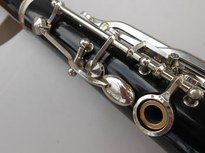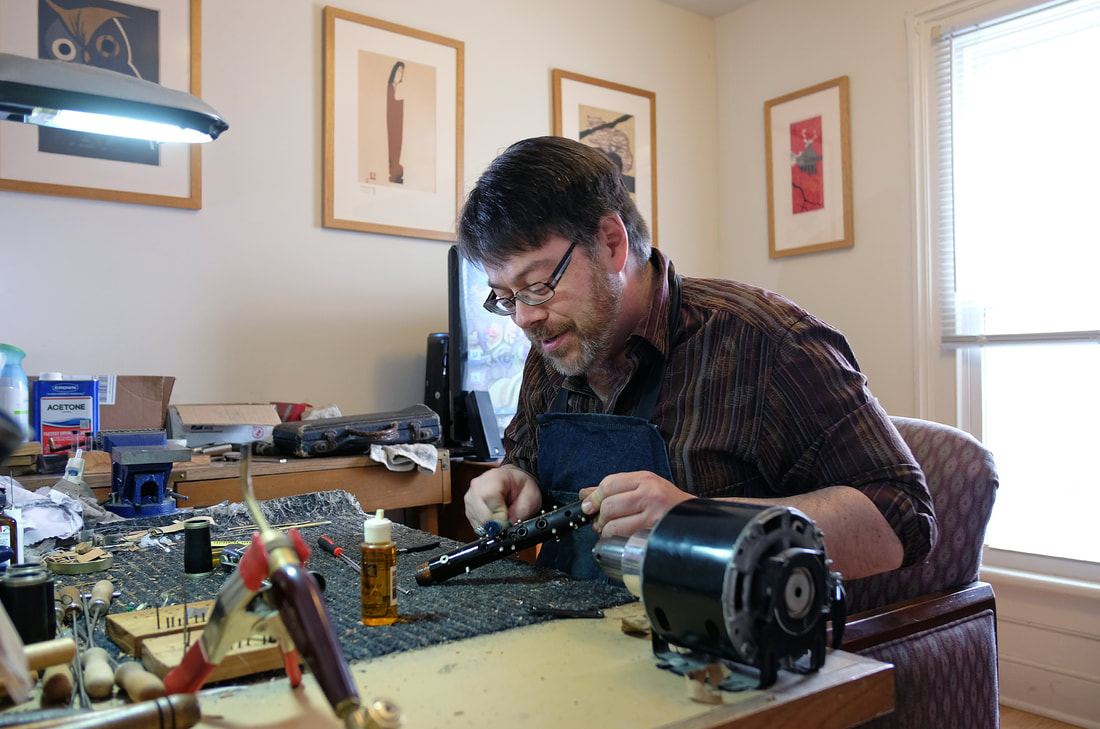 I just finished overhauling an unusual Cabart Bb Boehm clarinet, this week, which I would guesstimate to the 1930's. Aside from an articulated C#, it has this fascinating alternate throat Bb mechanism. It took some adjusting, but produces possibly the best throat Bb I've ever heard; loud, true, and requiring no 'resonance fingerings'. Looking back (and doing a little research) I found that this is one of a number of successful solutions to this problem.....  Here's the 'Leblanc patented' mechanism, which I've worked on at least once...  And here's professor Stubbins variation, which was used on Noblet, Vito, and Normandy clarinets... I've played all 3, at one time or another, and all resolve the stuffiness and poor speaking quality of the throat Bb to varying degrees - with the Cabart's design being the most successful, I think, although a bit complicated to adjust.
So, here's my question - Is there a reason that it isn't in common production? Is retooling that expensive or implausible? It has be cheaper than building a Full Boehm system clarinet (whose Low Eb makes for a nice alternate throat Bb) and, given the $3k+ that many performers are already paying for their instruments, it seems like a reasonable bit of lagniappe. I'd be interested to hear thoughts and ideas from you folks, as I'm stumped as to why some version of this mechanism isn't stock on every clarinet....
2 Comments
Jeff Rosner
4/20/2017 10:26:01 pm
The cathart mechanism looks very similar to the register mechanism on my Yamaha YCL-221ii bass clarinet. I do love the powerful throat Bb on that horn.
Reply
Johan
6/18/2017 02:44:33 am
Mr. Jack Brymer mentions the SK mechanism in his book, and predicts a good future for it; obviously turned out to be different.
Reply
Your comment will be posted after it is approved.
Leave a Reply. |
Archives
February 2024
AuthorThe Licorice Shtick Blog is the creation of the Vintage Clarinet Doctor, a Winston Salem, NC based woodwind instrument repair shop specializing in vintage and antique clarinets, saxophones, and the occasional flute. Categories |

 RSS Feed
RSS Feed